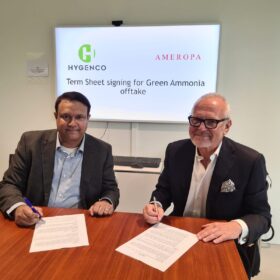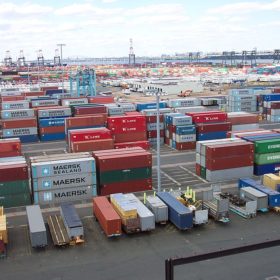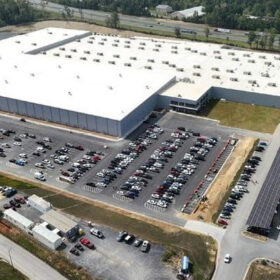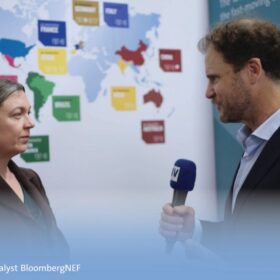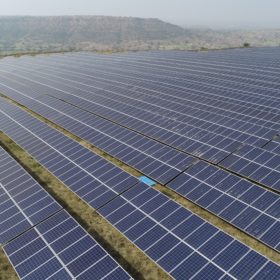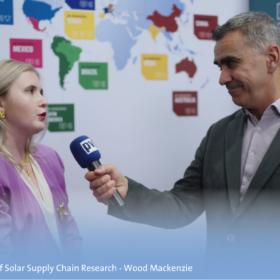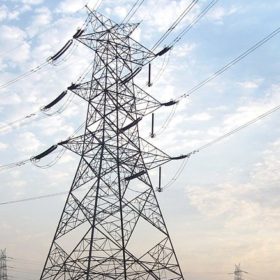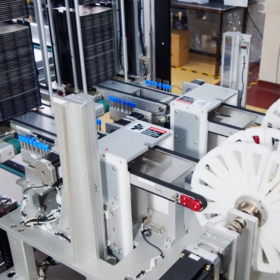NorSun plans $620 million US wafer fab in Oklahoma
The Norwegian PV manufacturer praises the south central US state for “its robust clean energy, manufacturing ecosystem and workforce development programs” as well as its “its competitive business offerings and site acceleration options.”
The Hydrogen Stream: Hygenco secures green ammonia offtake agreement with Ameropa
India’s Hygenco Green Energies has signed a term sheet with Switzerland’s Ameropa for the potential supply of green ammonia from its forthcoming project at the Gopalpur port in Odisha.
Understanding the evolving landscape of Corporate Sustainability Due Diligence Directive
The Corporate Sustainability Due Diligence Directive signals a new era of corporate responsibility, urging Indian businesses to embrace sustainable practices to thrive globally. This presents an opportunity to enhance competitiveness, attract global partners, and contribute to a more sustainable and resilient future.
Cultural considerations for international solar expansion
Each region has a different way of doing things, whether it’s selecting sites, managing employees, or implementing manufacturing standards. Companies looking to expand into foreign markets need to be prepared to deal with these cultural differences, says Clean Energy Associates (CEA) Vice President Mark Hagedorn.
‘In the next year, some of these guys are going to be bankrupt’
At Intersolar in Munich, pv magazine spoke with Jenny Chase, solar analyst at BloombergNEF, about the incredibly low polysilicon prices, massive overcapacity, and increasing consolidation. According to Chase, this year there will be enough polysilicon capacity to produce 1.1 TW of solar modules, but global module demand is expected to reach around 585 GW. “That is a pretty huge delta,” she said, noting that the solar industry should also prepare for a series of “negative feedback mechanisms,” such as negative prices and excess of solar power.
Cleantech Solar secures INR 855 crore debt finance to advance C&I portfolio in India
Cleantech Solar has announced the financial close of a long-term debt finance amounting to INR 855 crore ($102.49 million) from Aseem Infrastructure Finance Ltd.
‘Module prices surprisingly keep going down’
As part of our Intersolar 2024 interview series, pv magazine spoke with Yana Hryshko, head of Solar Supply Chain Research for Wood Mackenzie, about overcapacity, declining panel prices and expected PV demand for the next years. She revealed that Chinese module procurement schemes are currently seeing unprecedented, “ridiculously” low bids, but she also noted that the $0.08/W threshold may now be difficult to exceed. Hryshko also expects many manufacturers to backpedal on previously announced capacity expansion plans and renegotiate module supply contracts.
AP Systems presents single-phase hybrid inverter for balcony photovoltaics
Until now, balcony inverters were mostly simple micro inverters, with batteries integrated via MC4 connectors. A hybrid inverter should improve this situation.
KPIL wins new projects worth INR 2,333 crore
Kalpataru Projects International Ltd (KPIL) has secured orders in the transmission & distribution (T&D) business in India and overseas markets, in addition to EPC order for an industrial plant in the metal industry and residential building order in India.
The hydrogen stream: NTPC tenders for green hydrogen fuel cell locomotives
NTPC has invited bids for green hydrogen fuel cell locomotives for operation at the merry-go-round rail system of NTPC Sipat.

